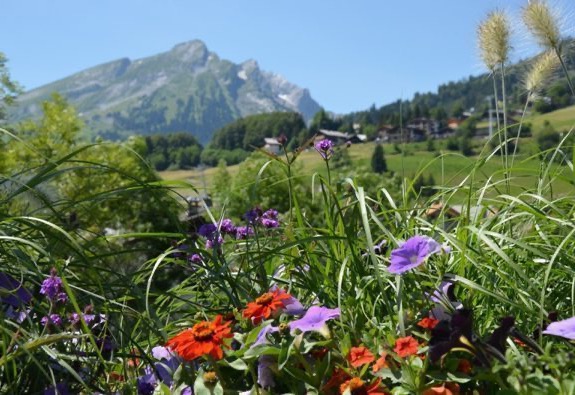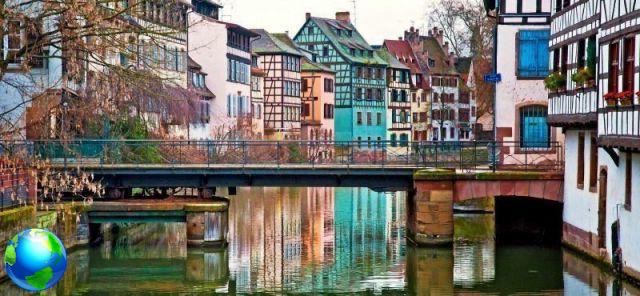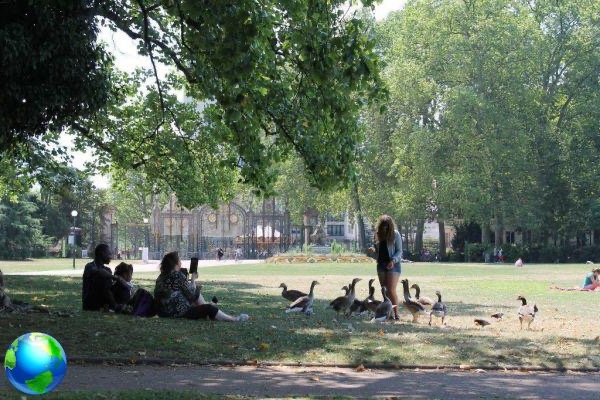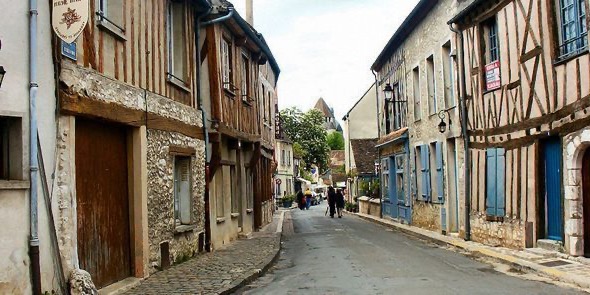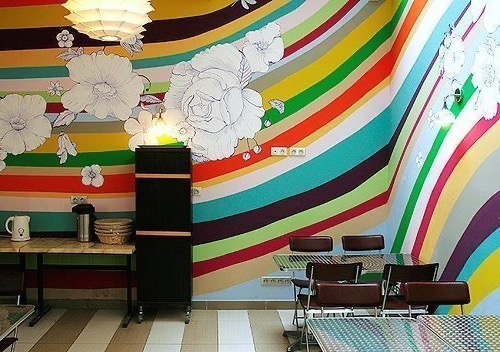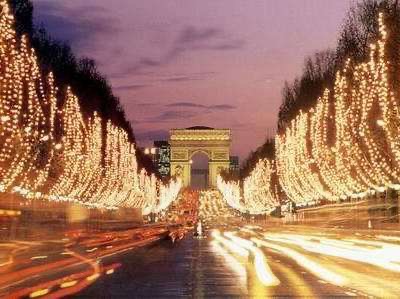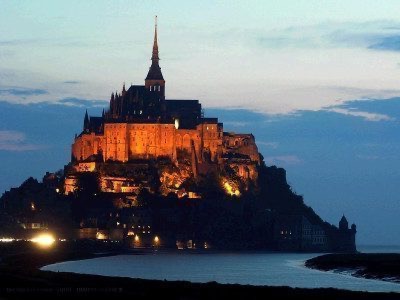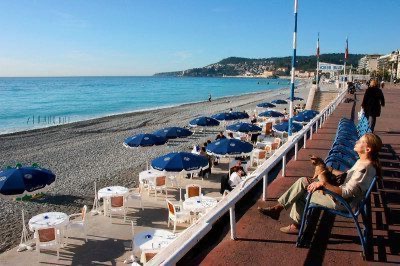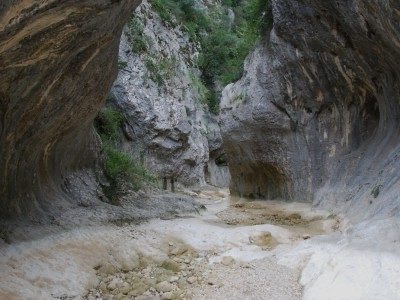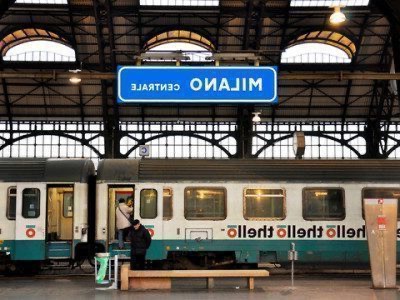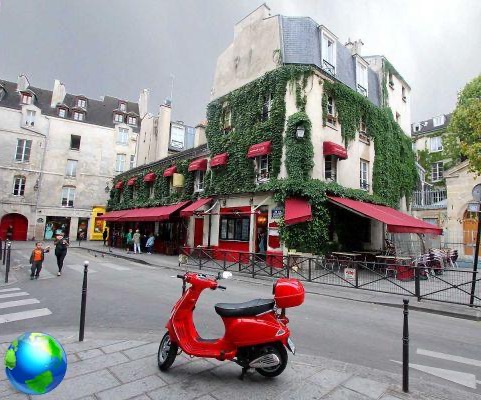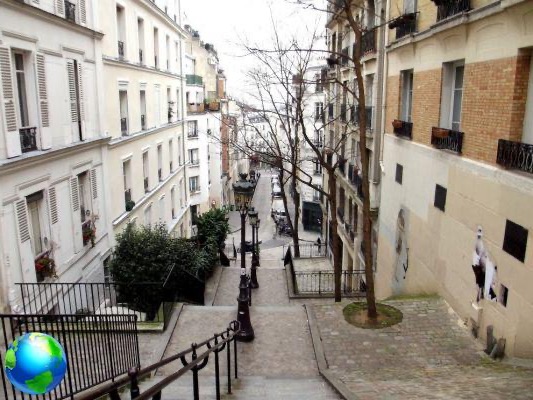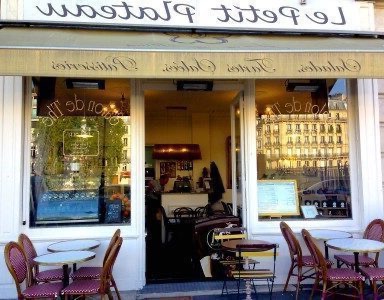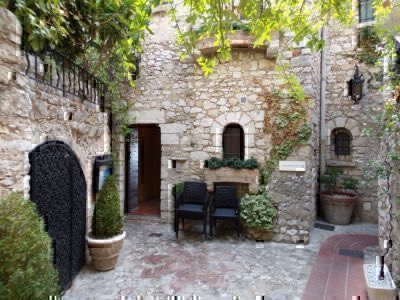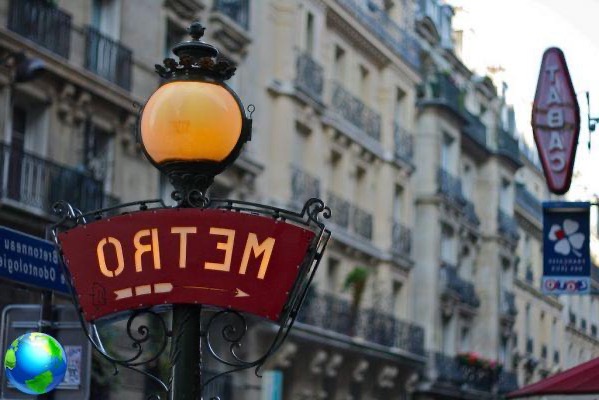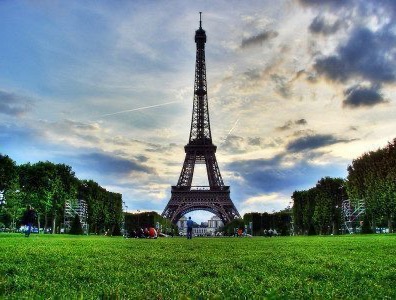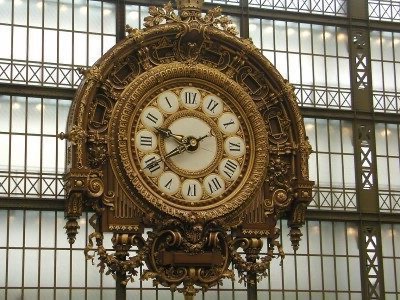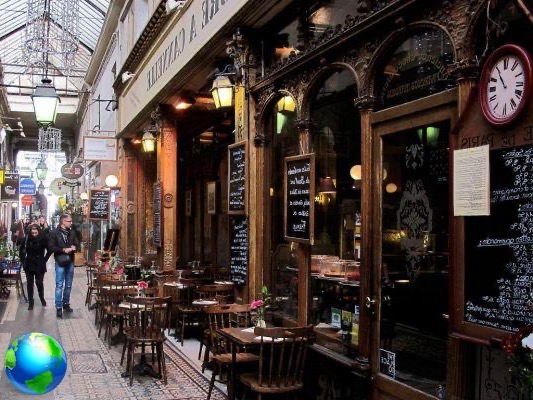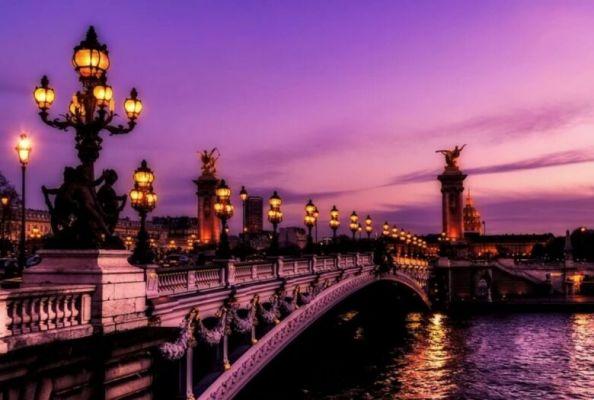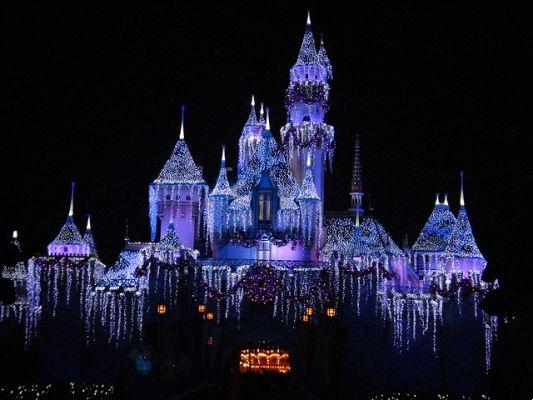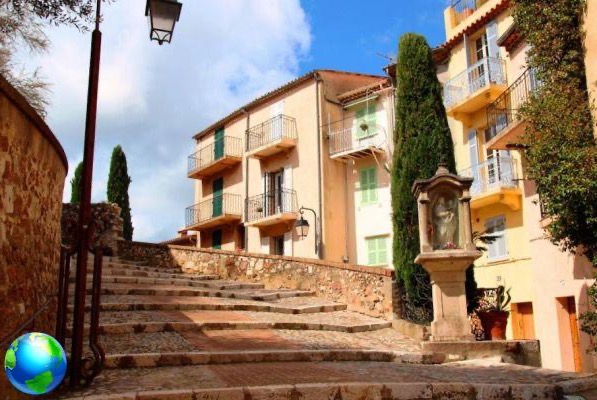In Paris, Belleville is an up-and-coming neighborhood, a multicultural neighborhood, offering some of the best Chinese cafes and restaurants in the city. From here you also have a view of Paris from 30 meters high and free.
The line is brown, the number 11 on the metro which connects the epicenter of mass tourism with the popular east of the city. Hidden behind Haussmannian streets and world-famous monuments, Belleville is a more intimate Paris and secret that appears where the tumult of the capital is not felt.
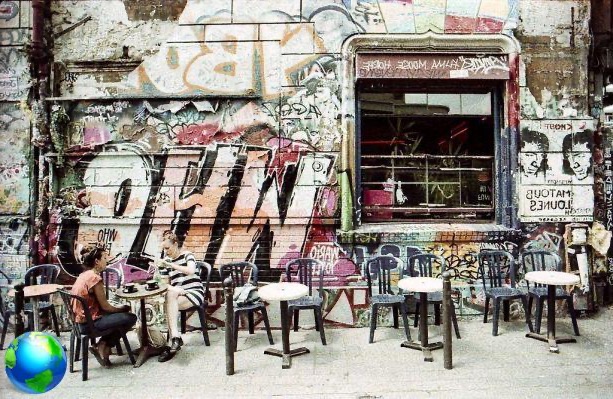
Crossing the borders and entering the streets impregnated with perfumes and gods oriental flavors, the cultural richness is perceived by the pavements and by the atmosphere of a provincial village that exists behind the heavy doors of the buildings that open onto stone courtyards and private gardens.
From Years' 20 welcomes different waves of Asian, African and Eastern European immigration who find refuge in France, giving life to a multicultural corner in which everything is mixed: the stories of men as well as the decor of the neighborhood. By appropriating certain spaces, marking the urban landscape with their presence and preserving the traces of a material or imaginary heritage, according to the contexts and their possibilities, the inhabitants and foreigners make Belleville a surprisingly lively patchwork, an exotic, folkloric, ornate Paris.

A "Babelville"We find a multitude of Chinese restaurants, (the oldest"Le President”, Located in Rue de Belleville, dates back to 1978), but also Vietnamese, Brazilians, Moroccans, Rwandans, halal or kosher butchers and exotic épiceries alongside contemporary art galleries and café concert. And in the streets, in the evening, young people of all races and religions rewrite new stories in glasses of red wine swayed to the beat of funk. And so, once again, the image of the district is altered with the arrival of an artistic population passionate about intellectual cosmopolitanism, earning the BoBo's nickname (Bohême-Borghese) from the media: Belleville “connects” without losing its multi-ethnic and peripheral character.
A few meters from Boulevard de la Villette, Rue Deyorez illuminates the passage with its explosion of colors. A true open-air laboratory, the street includes works from a meeting pot of international artists. Even the residents themselves participated in its decoration, and to give a touch of green to the border with the street they created vases made of ceramic mosaics, mirrors, enamels, shells and various objects. Aux Folies, originally café-theater crossroads of situations and encounters like Edith Piaf and Maurice Chevalier, today it is the street's cult bistro.

A few meters higher and it is already paradise: the Buttes-Chaumont park, an extraordinary construction of 1867 inaugurated during the Universal Exposition. Located on a hill it reserves the most beautiful perspectives on the capital, thanks to terrace located about 30 meters high to admire the wonderful panoramic view of Paris, of which you can see the monuments of the center, in particular Montemartre.
The interior, with its caves and waterfalls, a suspension bridge and perched on a belvedere, confers a particular charm that invites every weekend to relax and have fun with friends and family, thanks also to the entertainment for children and the refreshment points . Here nature is the real protagonist, with the degraded colors of the floral decorations, strongly orchestrated by the gardeners who take care of them throughout the year, and the exotic trees and indigenous people who are home to many species of birds that share the territory and enjoy the artificial lake together.

What makes life in Belleville enjoyable is the lightheartedness, without traces of stress as in the noisy neighborhoods of the Halles or République. And this is how another face of the capital is discovered around its streets: that of a variegated and joyfully disordered Paris, which it would be madness not to know.




